The town hall and the path to the lake
Due to the geographical location and transport connections, trade developed in the Middle Ages, especially salt trading, Dosse shipping and crafts. After the Thirty Years' War, the flourishing medieval town became a small farming town.
The original course of the Dosse with side arms and ditches that surrounded the old town center are no longer recognizable today: the main stream has been redesigned several times since the Middle Ages, partly by the four mills. The ring of water around the city is still clearly visible on old maps. By decree of King Frederick II of Prussia, the river was straightened in 1779 and got its present bed in the upper course. In 1888 there was still an extensive system of watercourses or former ditches; in the 20th century most of it was filled in, most recently in the late 1960s.
Summer resort since 1711?
At the end of the 19th century, the "summer resort" developed - with summer and hunting villas for the Berliners, as a hiking destination and then also with the ladies' and men's bathing establishments at Klempowsee, demurely separated from each other. The first "tourist" sensation was already in 1711, when a mineral spring was discovered on the way to Bantikow. It briefly drew hundreds of patrons who drank from the water. However, the source cannot have existed for long.
Things really got going around 1900, when the promenade at Klempowsee was created. In 1928 the new lido was built and the first passenger ship sailed on the lake. The southern lake area was further developed until the mid-1930s. Efforts to become a health resort ended with World War II. The area was further developed in the 1950s and 60s. The former Schützenhaus, a popular excursion restaurant, became the "Volksgarten" restaurant and has remained very popular - under a different name to this day, not least because of the beautiful location right on the lake.
From the Stadtsaal to the lake it is less than a quarter of an hour's leisurely walk through a beautiful tree-lined avenue.
The history of the four-wheel mill
The mill history is long, it is one of the oldest town mills. Up until the 1960s, a canal flowed here, which originally powered the mill. Today, the Mühlenhof is a popular hotel that was rebuilt in 1992 within the walls of the old mill. The half-timbered house opposite was once the "Märkische Hof", a traditional gastronomic location and at times a meeting place for the Dosse raftsmen. Because it was used by the city for celebrations and school meals for a long time, it is still popularly known today as the "City Hall".
The Dosse was still navigable after the Middle Ages - the chronicler Johann Christoph Becmann describes it in the historical description of the Chur and Mark Brandenburg in 1751. Wood was floated on the main course of the Dosse even after the Second World War. As you can see on the postcard, not only the lake was a canoe area, but also the Dosse. It's more difficult today because of the many weirs.
The can
"Little Venice" - old Wusterhauseners still remember (eyewitness text in the museum) that beautiful promenade paths led along the Dosse and the garden owners only got into their gardens over bridges. All of these branches of the river have disappeared today (filled in at the end of the 1960s, however, after the main river was improved, they were more like rivulets in the end), there is only the fountain on the market square, so to speak, and the Dosse flows around the city straightened.
Pictures by local painter Theophil Dombrowskki in the museum show the old Dosse views.
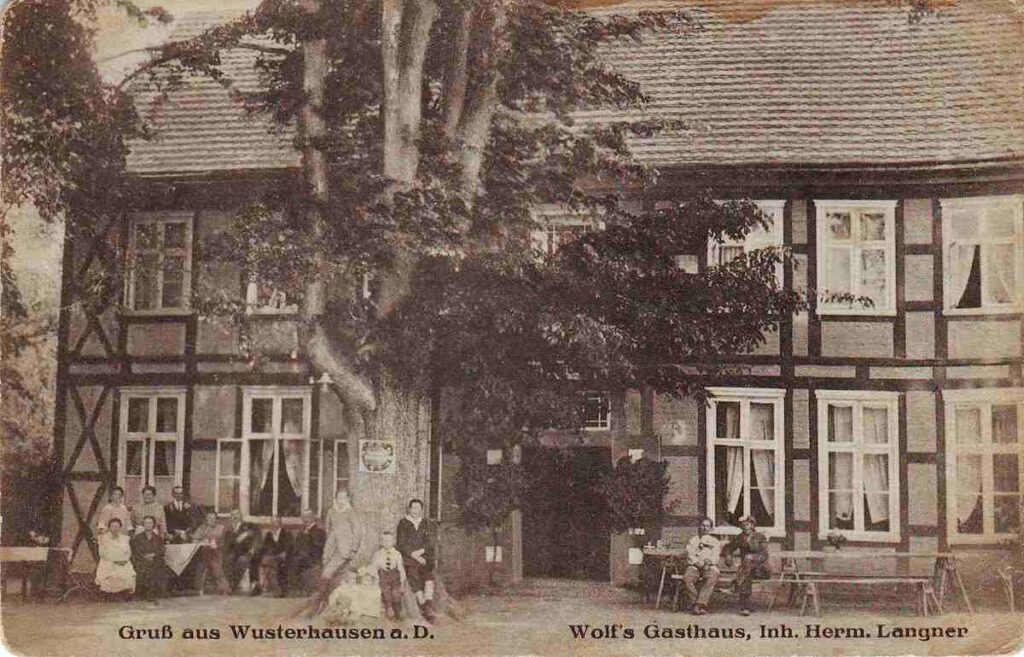
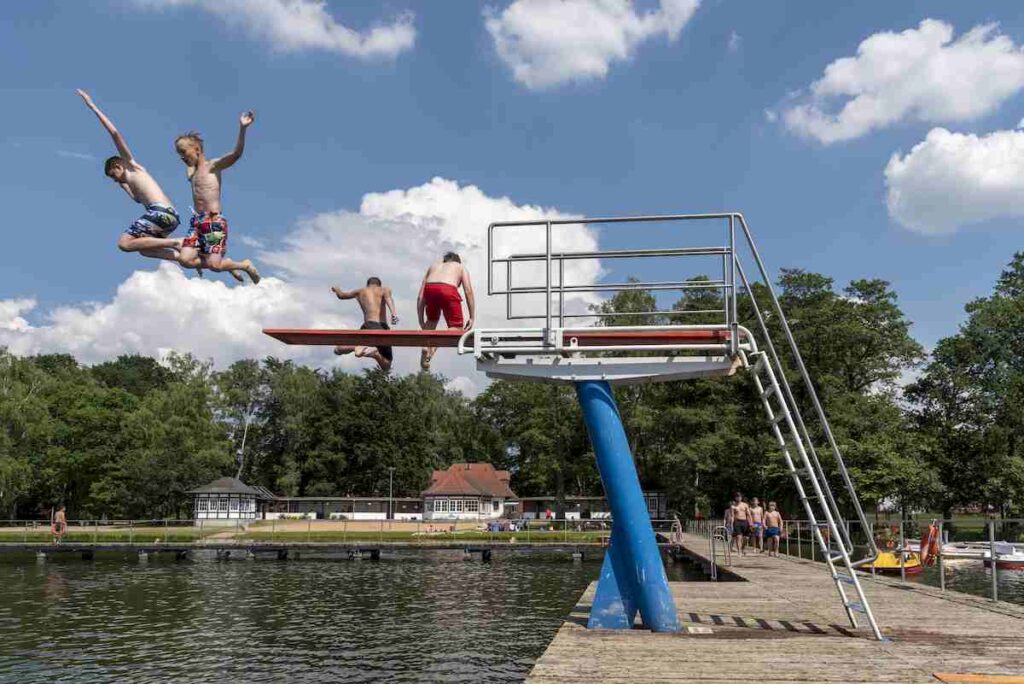

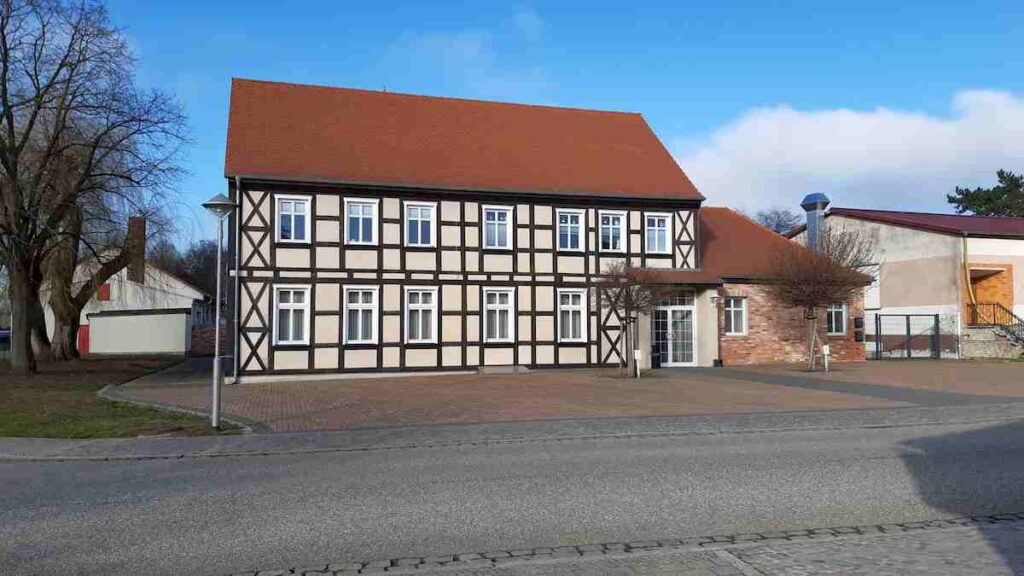

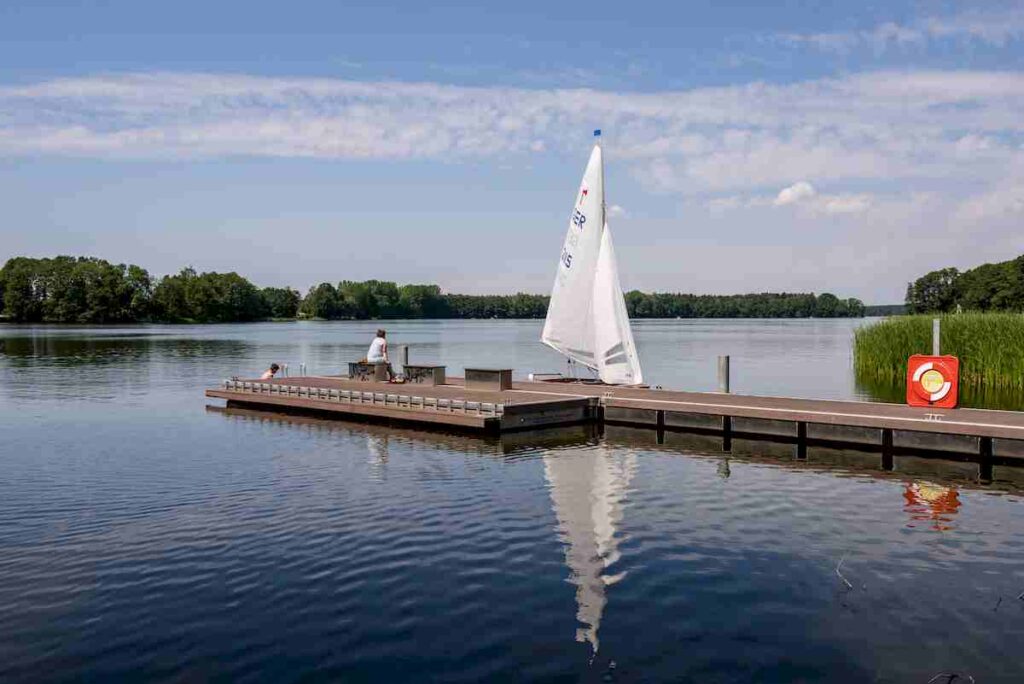
Klempowsee
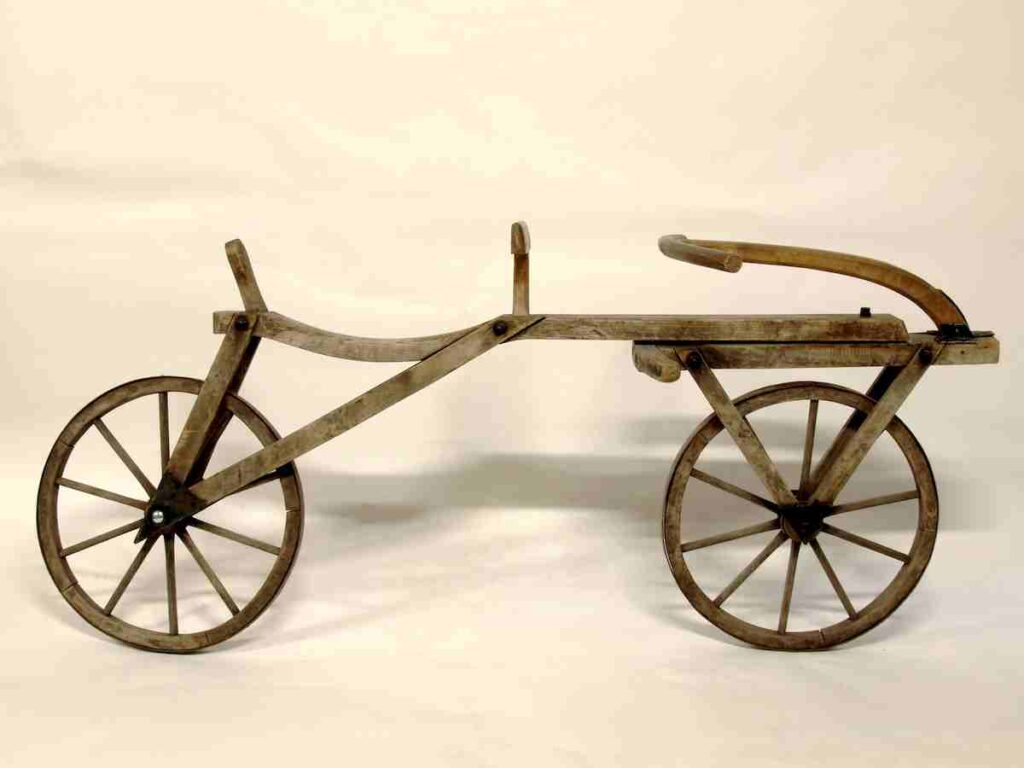
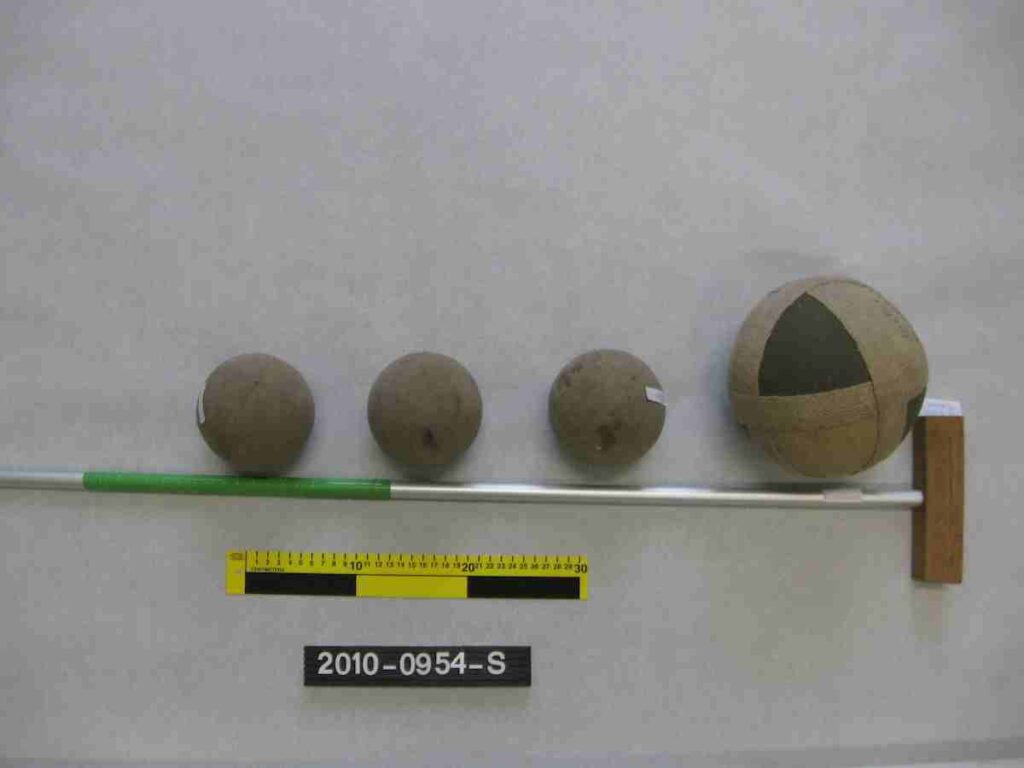
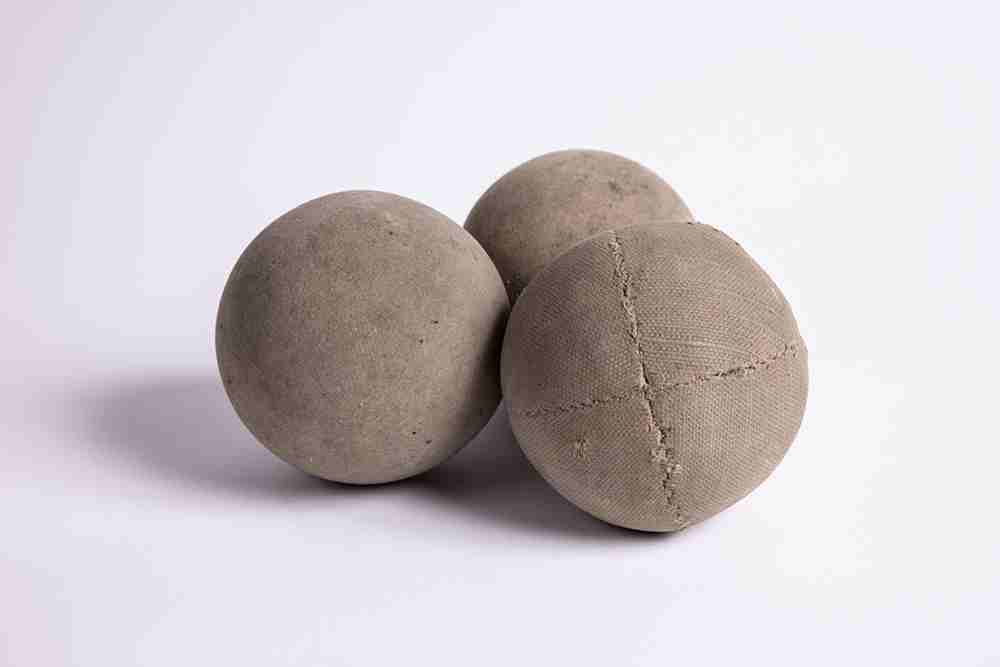
Additional information
link Muehlenhof
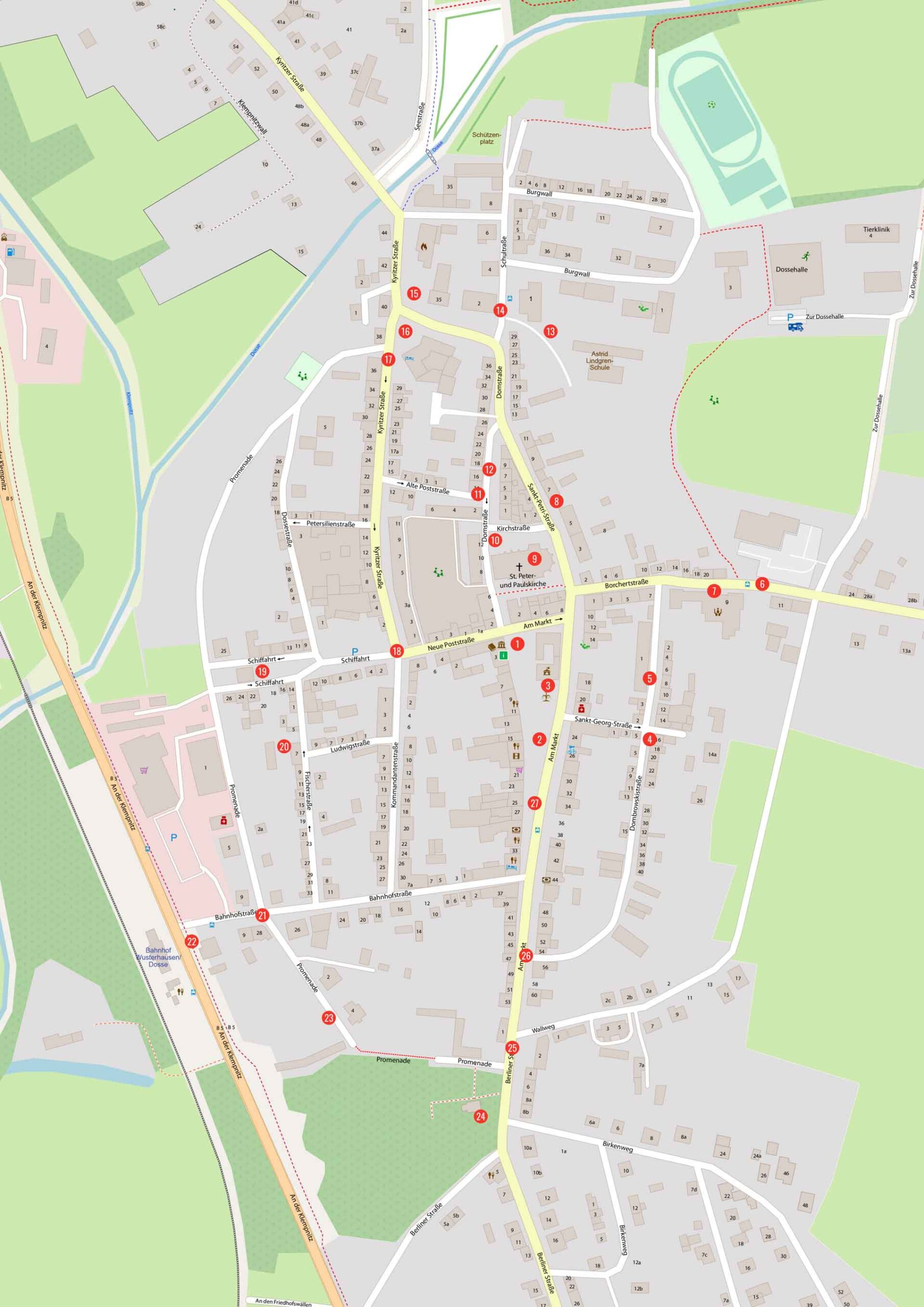
City walk map general view
